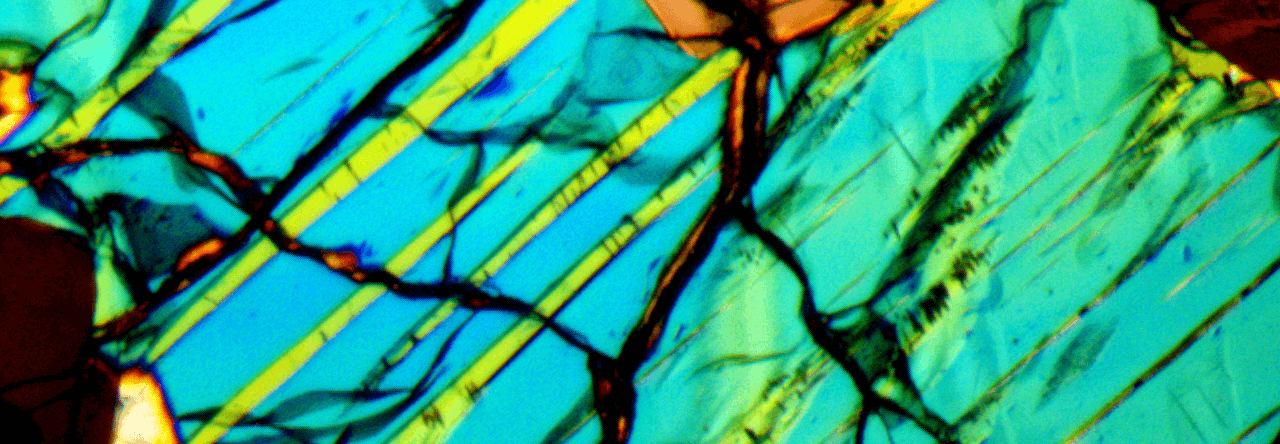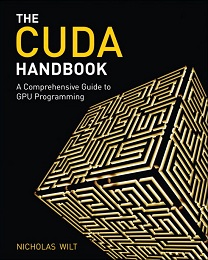With computer graphics we can now see an invisible world, the result of billions of years of evolutionary interaction. This vast expanse of time created the truly magnificent complexity of life. Secret Universe: Journey Inside the Cell provides a remarkable graphic visualization of this complexity. The processes of cellular function are slowed down and magnified so that viewers can see and understand the continuous activity occurring within their own bodies. It is simply stunning to realize what is happening in the microscopic world of the cell.
Also called: Secret Universe The Hidden Life of a Cell
Watch it: Hulu, Dailymotion, YouTube
Think of the Earth as a human cell; the human body would stretch the length of Jupiter’s orbit around the Sun.
Approximate Diameter of Earth: 12,742 km
Average Diameter of Jupiter Orbit: 1,557,094,400 km (122,201.7 times Earth’s Diameter)
Approximate Diameter of Human Cell: 15 micrometers
Average Height of Human: 1.8 meters (120,000.0 times the Diameter of Human Cell)







